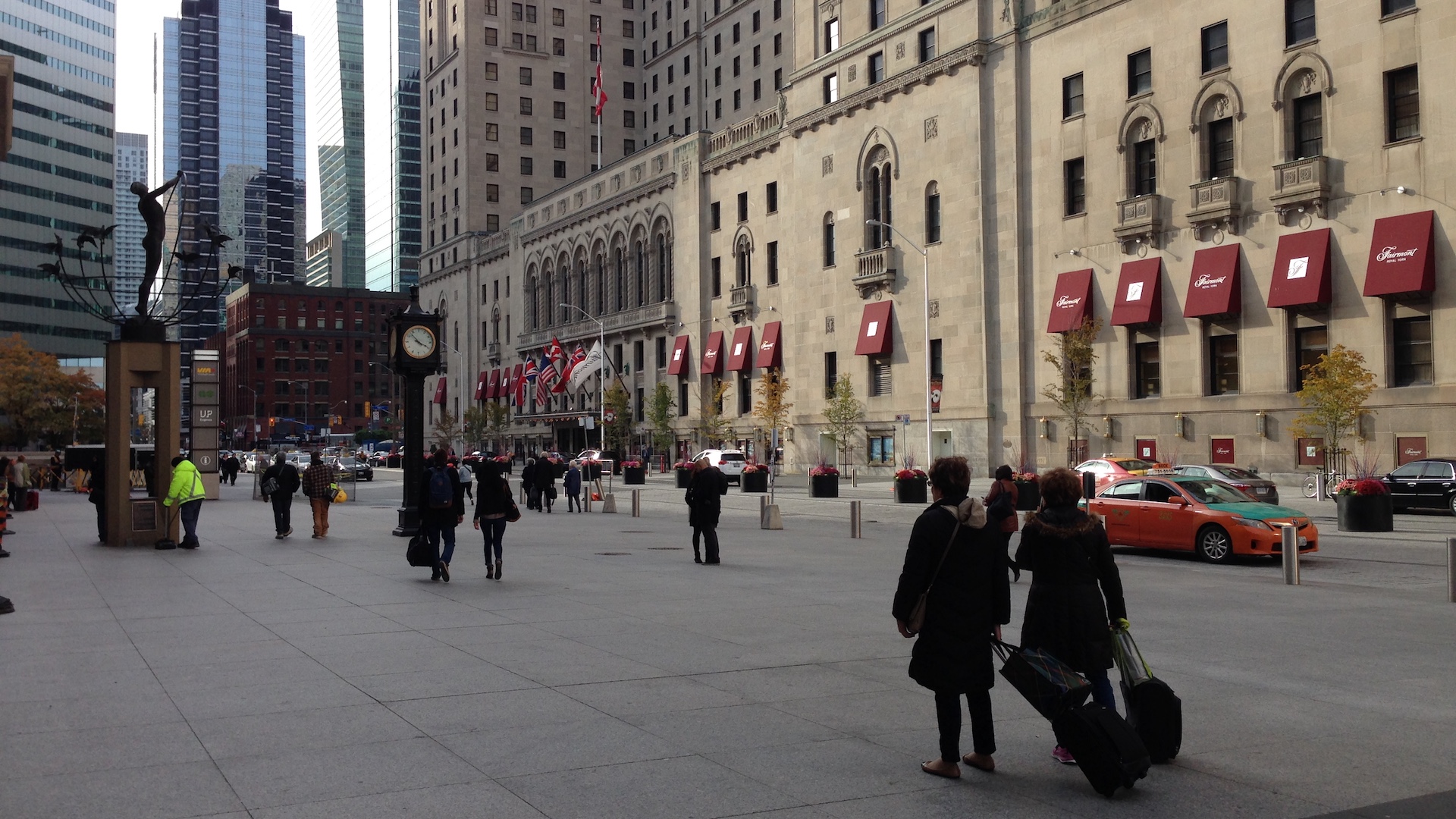Yes, but to be useful we need to look at similarly governed and geographically sized jurisdictions like those we have impacting Toronto and the GTA's roads. Imagine for example that we wanted to reduce Eglinton Ave. from Yonge to Warden to a single lane each way, twisting and with obstructions to slow traffic. Toronto council can’t do that alone, we’d need the province to agree. That’s what bugs me about the fanboy Toronto-needs-to-be-NL vids and posts in that they always focus on the benefits of the end result but never address the means to get there within the confines of Toronto and Ontario’s unique governmental processes. We don’t need any more evidence or convincing that what the NL does would be beneficial to Toronto and the GTA, it’s just repetitive urbanplaner porn now. We don’t need the what or the why, we need the how.
And if someone replies we just need to vote in the right politicians, please punch yourself in the nose. Because again, that’s the what and the why, but ignores the how. How do we elect a majority of politicians at both Queen’s Park and Toronto city hall that would support the dramatic urban planning that the Toronto-needs-to-be-NL crowd demand? A pox on the next person who posts a NL is great vid without any ideas on implementation in TO.







